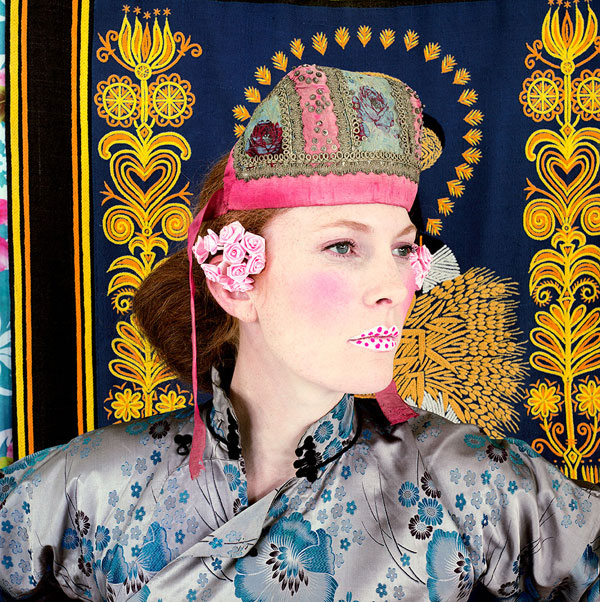2009
Les cotes de Bretagne sud ont toujours évoquées les brassages multi culturels, les invasions Mauresques et Espagnols, les traces sacrées des religions solaires et Celtiques, les Menhirs dressés dans les champs, de temps en temps surmontés d’une croix que les premiers prêtres catholiques s’empressaient de poser pour empêcher les femmes de pratiquer les rituels de fertilité.
Les premières révolutions paysannes sous Louis XIV, le code paysan, les Bonnets Rouges et la légende des coiffes Bigoudène sensées défier le pouvoir qui avait, en répression, fait raser les clocher des églises.
La lumière incroyablement belle et changeante dont s’emparèrent les peintres de l’école de Pont-Aven, Paul Gauguin parti dans les îles de Polynésie traquer les couleurs des vahinés et des fleurs des flamboyants. Le japonisme des céramiques de Quimper, tous ces mélanges, les histoires religieuses, ces apports et ajouts, toutes ces richesses culturelles sont l’essence et l’énergie de cette région du pays Bigouden.
Tous ces éléments divers, toutes ces confrontations esthétiques, parlent et évoquent la grande richesse culturelle du monde, des échanges maritimes, des marins voyageurs ramenant qui des fétiches Africains, qui des étoffes des Indes, ouvrant la porte aux rêves.
The south coasts of Brittany have always evoked the intermingling of cultures, the invasions of the Moors and the Spanish, the sacred traces of ancient sun-worshipping religions and the Celts, with standing stones in the fields, at times adorned with the crosses that the first priests hastened to affix to prevent women from taking part in fertility rituals.
The first peasant revolts under Louis XIV, the peasant code, the Red Bonnets and the legend of the Bigouden caps intended to challenge the monarch’s power led to the fierce repression that razed church steeples.
The extraordinarily beautiful and changing light of these environs was seized by the painters of the school of Pont-Avens, while Paul Gauguin left for the islands of Polynesia to track down the colours of the vahines and flamboyant flowers. The essence and energy of the cultural riches of the region of Bigouden are due to the influence of Japan on the pottery of Quimper, all these interminglings, the history of religions, these contributions and additions.
All these diverse elements and aesthetic confrontations evoke the great cultural riches of the world, of maritime trade and the collection by sailors of African fetishes, sumptuous Indian cloths, opening up the land of dreams.
